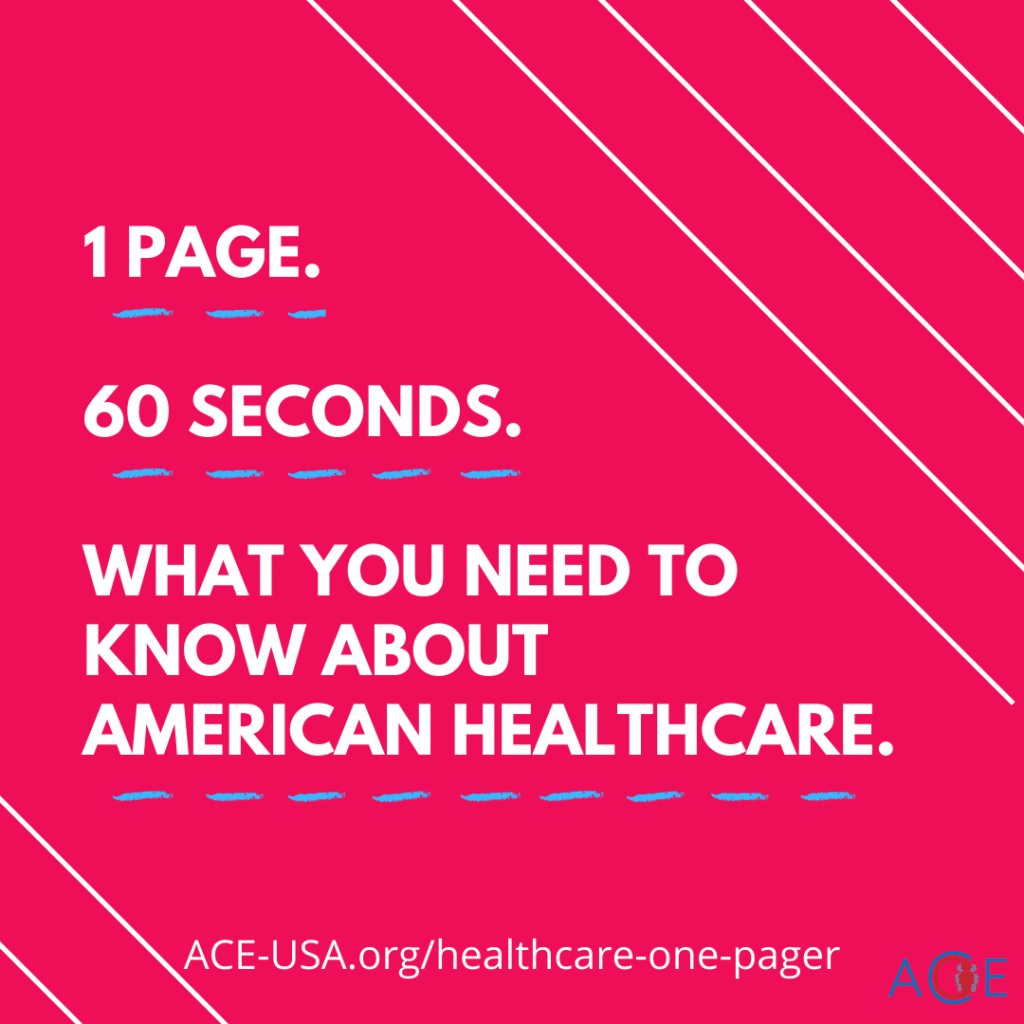
Healthcare is here! The Healthcare One Pager covers public vs. private coverage, and how it compares to other countries. Stay tuned for the Healthcare 5 Pager and the full policy report.

Healthcare is here! The Healthcare One Pager covers public vs. private coverage, and how it compares to other countries. Stay tuned for the Healthcare 5 Pager and the full policy report.
After the positive feedback from ACE’s first Presidential Debate Bingo, we are thrilled to share new bingo sheets for the Second Presidential Debate tonight.
Next week is Healthcare Week at ACE. We will publishing a series of One Pagers on the healthcare topics which are readers are most interested in. Weigh in on what you want to learn more about by taking this survey.
At the end of the week, we are excited to publish ACE’s comprehensive Healthcare Policy Paper by Coco Liu.
This blog post was contributed by the Campus Election Engagement Project as part of ACE’s new Voting Rights Project. The CEEP is working to help America’s 20 million college and university students vote by assisting administrators, faculty, staff and student leaders to engage students in federal, state and local elections.
As an economics major, one of the most fundamental concepts we learn is the principal-agent problem. This is when one person/group (the agent) makes decisions on behalf of another person/group (the principal). The problem arises when agents place their own interests above those of the principal’s — which creates moral hazard. Here, the agent may not necessarily be exposed to the same risk or conditions that the principal is, so they have little disincentive to take said actions.
Sound familiar? Unfortunately, if you’re a young person in this country, it should. In almost every election cycle since the voting age was lowered in the 1970’s, participation rates have been lowest among young voters in this country. Especially in comparison to voters who are 65+, participation rates
among young voters tend to be almost 25 percentage points lower.
“Yeah, so what?” Well, let’s return to the principal-agent problem I mentioned earlier. When young voters (the principal) fail to turn out to vote, the politicians that are eventually elected (the agent) have less incentive to act on behalf of young people’s interests. So while, ideally, politicians are elected to represent their entire constituency, the reality tends to be that politicians are only truly representative of the populations which turn out to vote. This creates a problem, as those who vote and those who do not tend to hold drastically different policy preferences. For example, studies show that nonvoters tend to favor interventionist government policies more than voters by an average of 17 percentage points. But that’s just one example. Looking at the bigger picture, there is an entire nonvoter population without proper representation in our policy-making process. That’s huge.
But there is some good news. Looking ahead to the 2020 General Election, the sheer volume of potential voters stands to make a huge difference in this problem. There are currently 15 million citizens ages 18-21 in the United States. Of those 15 million, “63% are currently enrolled in school,” meaning the student vote encompasses 9.45 million citizens. What is notable about this population is that while not every student is registered to vote yet, there is a growing sense of civic duty amongst this population — offering a potential solution to the principal-agent problem facing our political system today.
A survey conducted of college-aged citizens, aging from 18-21, recently found that “more than three quarters say they’re paying attention to the election and think it will have an impact in their communities.” On top of that a Tufts University study found that in 2016 turnout increased from 45.1%, in 2012, to 48.3%, with an increase in those registered from 69.0% to 70.6%. Since then, turnout has only continued to rise, with an estimated turnout of 7.5 million students in 2018. Organizations like Campus Election Engagement Project are helping to make voter registration and education more accessible to students. The result of all of these efforts could very well mean that the student vote will be pivotal, not just in the 2020 Presidential Election, but in future elections as well. More and more nonvoters are becoming voters by the day as this student movement continues to grow. As both an economist and a young voter, I could not be prouder to finally see an end in sight for the principal-agent problem that our society has faced for far too long.
Lauren Ban is currently finishing up her studies at the University of Pittsburgh, Main Campus. She is pursuing a BA in History and Economics with a minor in Political Science. She plans to attend law school upon graduation. Having previously worked as a CEEP Fellow, Lauren is excited to be the Assistant Pennsylvania State Director in order to continue supporting nonpartisan election engagement. She is also a Faculty Resources Intern for CEEP.

Coming soon! New research on refugee and asylum policy from ACE.
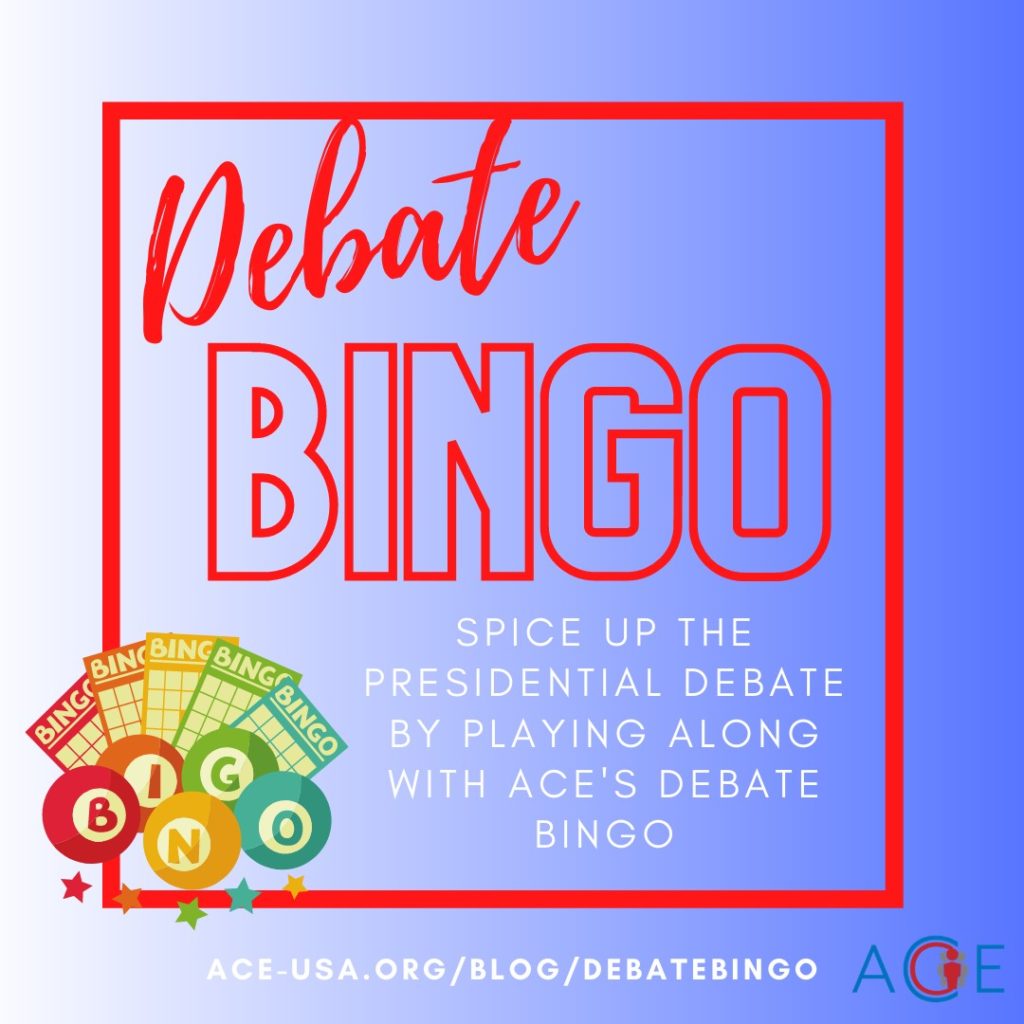
Looking for a way to spice up tonight’s Presidential Debate? Check out ACE’s Presidential Debate Bingo and play along while you follow the debate. Make sure to let us know when you get Bingo!
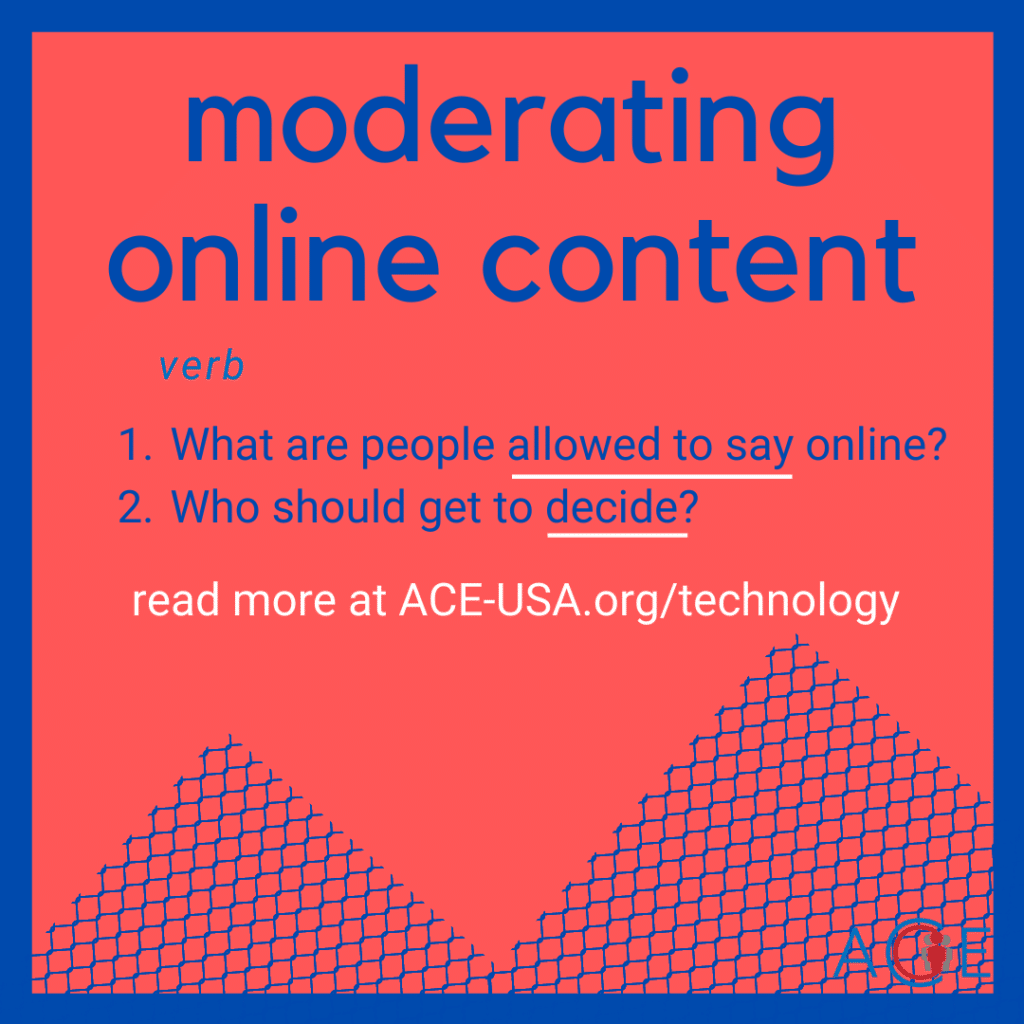
The debate over moderating online content ranges from freedom of speech to disinformation campaigns to conspiracy theories. The two main questions: what should you be allowed to say online? who should get to decide? Read the Moderating Online Content One Pager from the Technology Project.
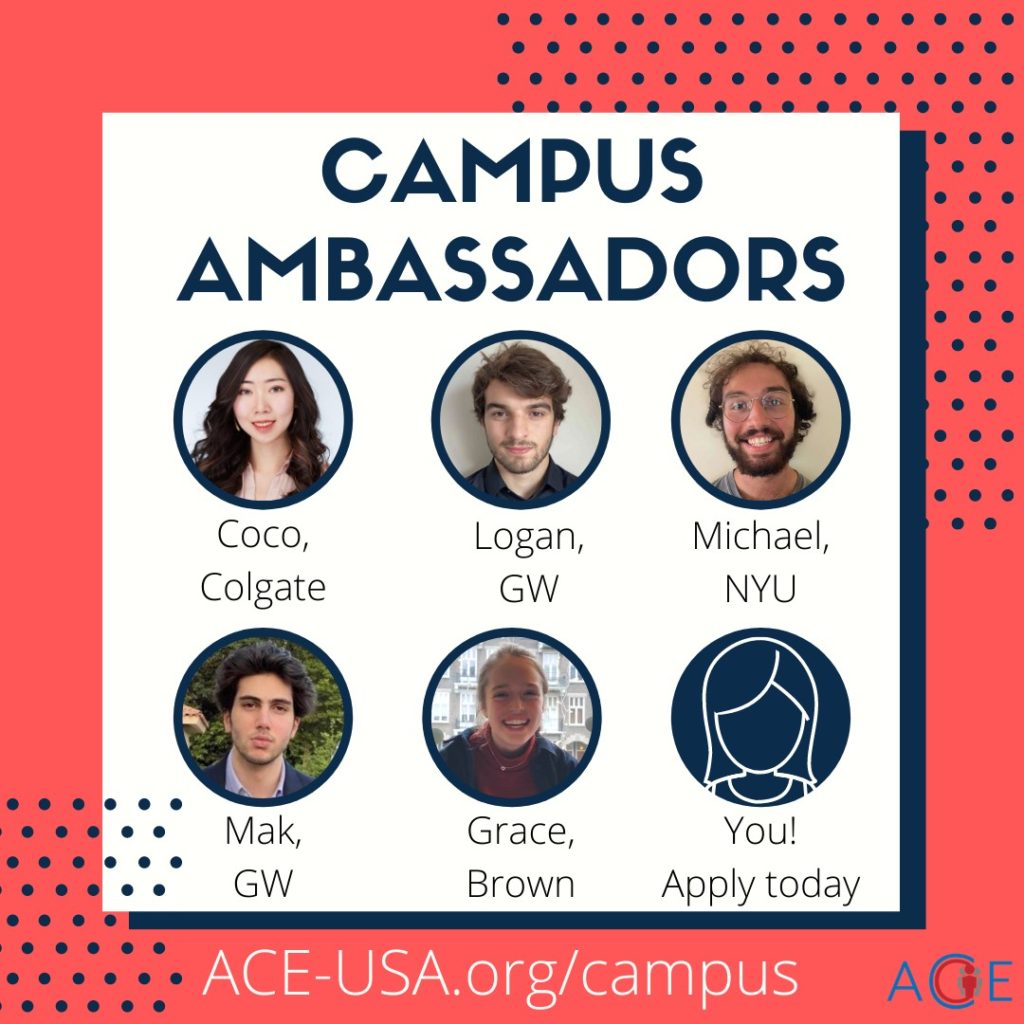

Are you a college student who is passionate about politics, international affairs, or voter engagement? Apply to be an ACE Ambassador to publish research, develop issue expertise, and experience political outreach!
Check out the page here.
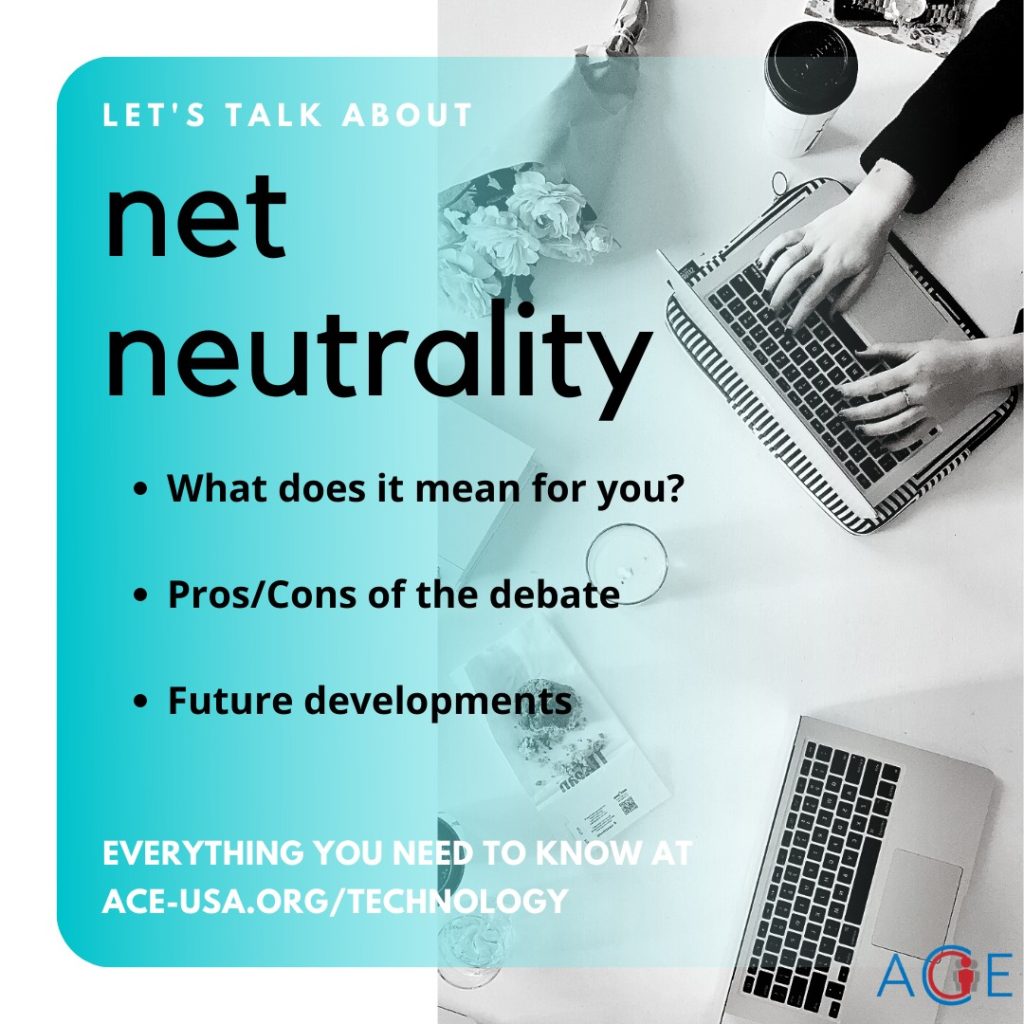
Let’s talk about net neutrality. ACE’s 1-minute read explains what net neutrality is, the arguments around it, and the likelihood of future developments.
Take 60 seconds and read the One Pager today:
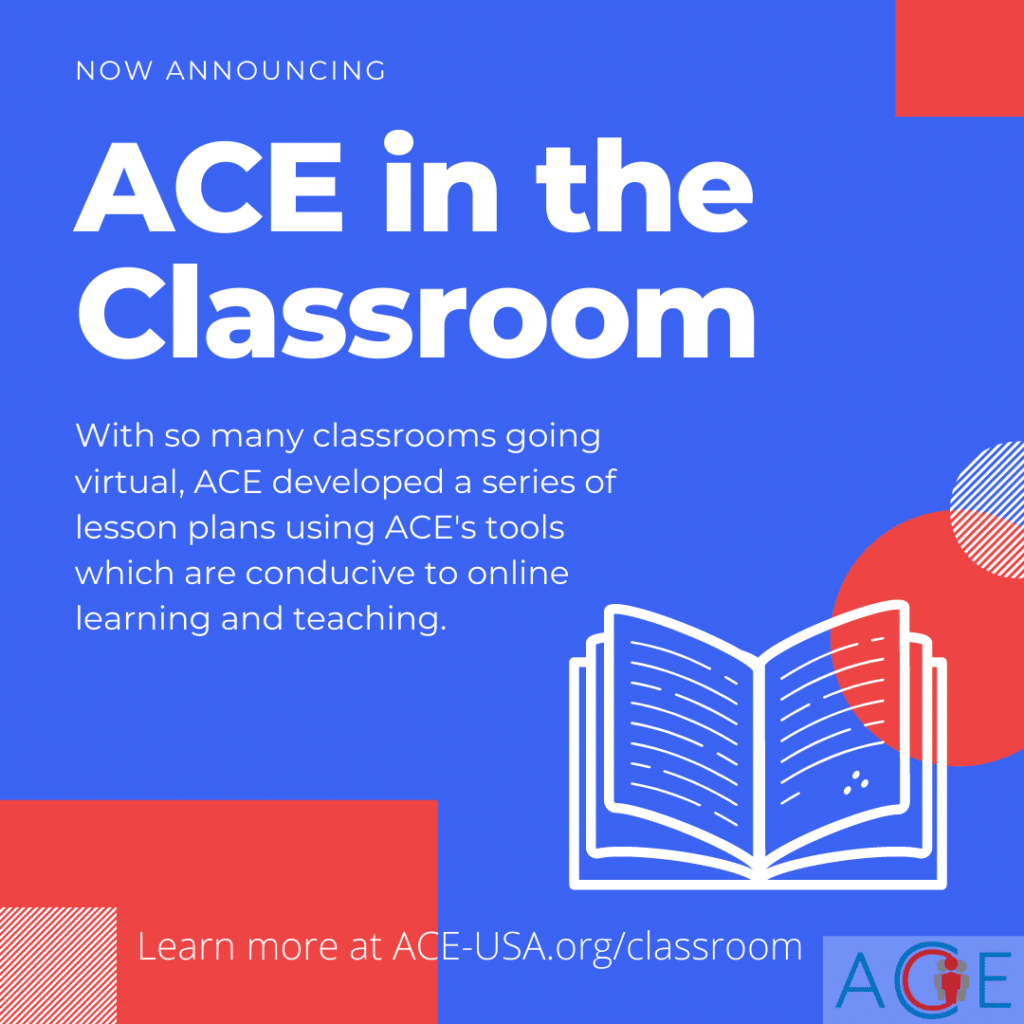
This fall we’re heading back to school with ACE in the Classroom, a series of innovative, virtual lesson plans which utilize ACE’s resources for the online/hybrid high school.
Check out ACE in the Classroom.